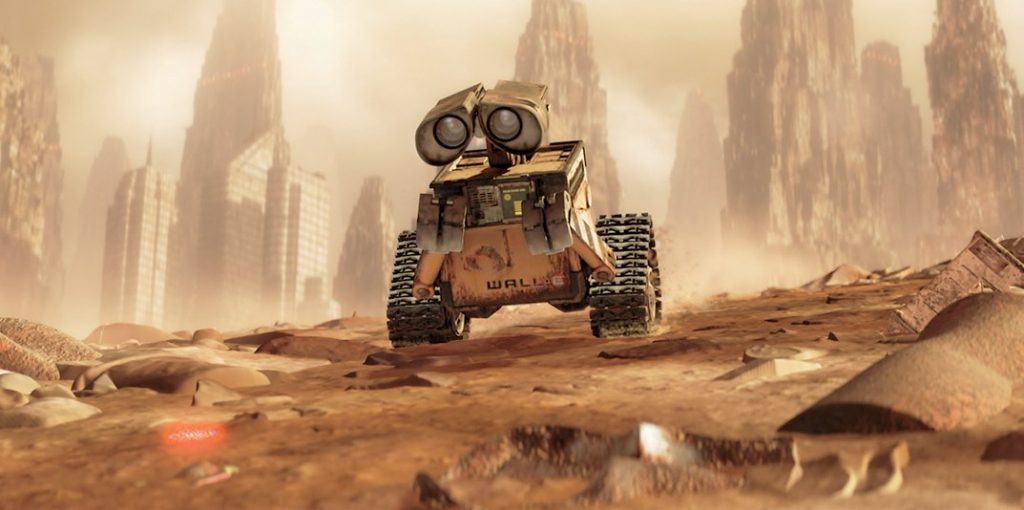First of all, I think that fiction itself is shaped by what we, as a society, value, fear, or are simply fascinated by. For example, before the turn of the millennium, science fiction primarily focused on emerging technologies that would soon take over every aspect of our lives.1,2 As the importance/presence of technologies such as computers, household appliances, and transportation in people’s day-to-day life increased drastically, science fiction gave people an outlet for their fears (robots taking over the world), as well as hopes (self-driving cars), of technological advances.
Simultaneously, science fiction also provides expectations of the future. After all, everybody was anxiously awaiting the arrival of a hoverboard with the beginning of the new millennium.3 These expectations shaped the narratives of the design of the future by not only inspiring new creations,4 but by also making scientists more cautious of the potential consequences associated with these innovative technologies.5
However, instead of hoverboards, the new millennium brought a different kind of science fiction into the limelight – natural disasters and apocalypses. As society in general became more aware of environmental problems (especially climate change, pollution, and overexploitation of resources), science fiction began to focus on futuristic dystopias caused by the destruction of earth and “life as we know it.”
This type of science fiction can both positively and negatively shape our narratives of the design of nature’s future by either spurring action or completely overwhelming people with the possibility of eternal doom (and thus inhibiting action). For example, the scarcity of water portrayed in Mad Max (click here for my favorite scene (2:02-4:02)) may emphasize the importance of water conservation in today’s society. Thus, policymakers and citizens may be moved to make smarter, more sustainable decisions around water usage and planning. However, movies such as Interstellar and Wall-E portray Earth as uninhabitable, forcing humans to look for a new home. Fiction that often ends in the total destruction of Earth may encourage people to continue with their “business-as-usual” lifestyle because “what’s the point if we’re all going to die anyway??”

Earth’s future as depicted in Wall-E: bleak, desolate, and filled with trash. (PC: https://i0.wp.com/media2.slashfilm.com/slashfilm/wp/wp-content/images/walle-ground-laserdot.jpg)